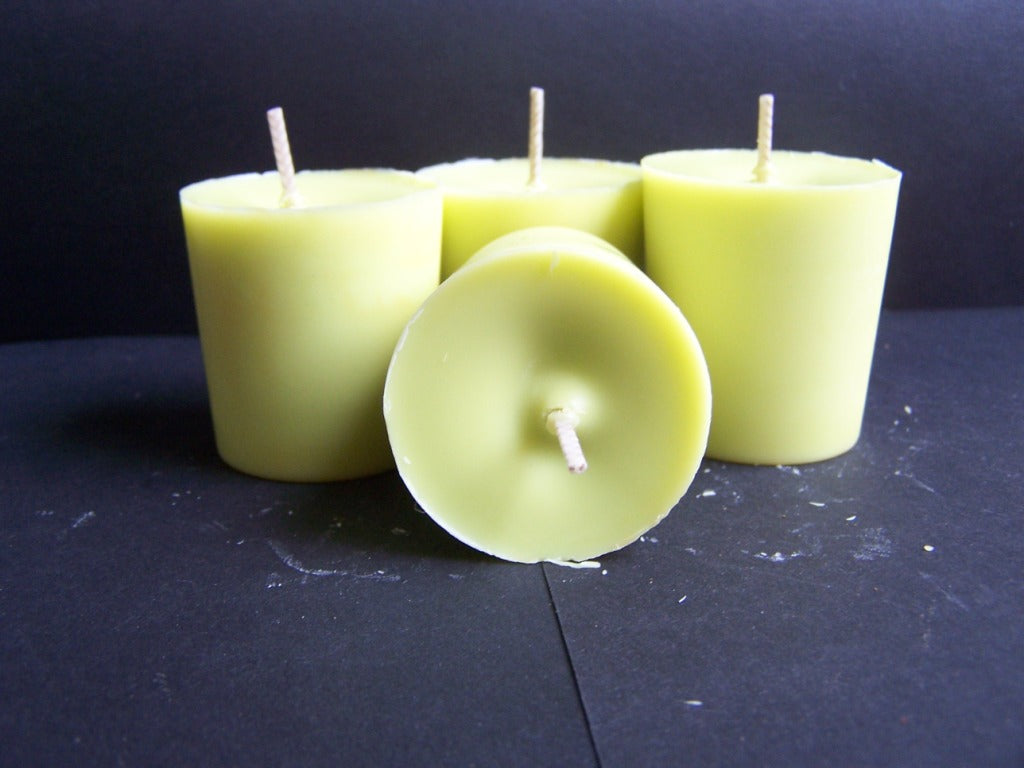Instill Your Home with the Scent of Crystal Soy Candles and Home Fragrance
Instill Your Home with the Scent of Crystal Soy Candles and Home Fragrance
Blog Article
From Wick to Wax: Comprehending the Chemistry Behind Soy Wax Candles and Their Ecological Impact
As we illuminate our areas with the cozy glow of candle lights, there lies a realm of elaborate chemistry behind the seemingly straightforward act of lighting a soy wax candle light. Join us as we unravel the clinical intricacies behind soy wax candles and discover their implications on our environment.
Soy Wax Vs. Paraffin Wax
When contrasting soy wax and paraffin wax for candle light production, it is vital to comprehend the distinctive attributes and advantages of each product. Soy wax is a natural, sustainable resource stemmed from soybean oil, making it green and biodegradable - candles. In comparison, paraffin wax is a by-product of petroleum refining, which raises worries concerning its ecological influence and sustainability
Soy wax candles burn cleaner and emit less soot compared to paraffin wax candle lights, making them a healthier selection for interior air quality. In addition, soy wax has a reduced melting point, enabling for a longer-lasting candle light that disperses scent more efficiently. Paraffin wax, on the other hand, tends to melt faster and less cleanly, possibly releasing hazardous chemicals into the air.
From a sustainability point of view, soy wax is favored for its biodegradability and sustainable sourcing, aligning with the growing consumer preference for environmentally aware items. While paraffin wax has actually been a typical option in candle making because of its price and convenience of usage, the change towards eco-friendly choices like soy wax is acquiring momentum in the sector.
Chemical Composition of Soy Wax

Burning Refine in Soy Candles
The chemical composition of soy wax straight affects the burning process in soy candle lights, affecting factors such as shed time, aroma launch, and environmental effect. When a soy candle light is lit, the warm from the flame melts the wax near the wick. This liquid wax is then created the wick because of capillary activity. As the fluid wax gets to the flame, it undertakes and vaporizes burning. The burning procedure involves the vaporized hydrocarbons in the wax reacting with oxygen in the air to produce heat, light, water vapor, and carbon dioxide.
The combustion performance of soy candle lights is influenced by the pureness of the soy wax and the high quality of the wick. Additionally, soy wax candle lights have a lower environmental effect compared to paraffin candle lights due to their renewable and biodegradable nature.

Environmental Benefits of Soy Wax

Thought about a sustainable alternative to conventional paraffin wax, soy wax uses significant ecological benefits that make it a prominent choice among eco-conscious customers. One considerable benefit of soy wax is its sustainable sourcing. Soy wax is obtained from soybean oil, which is mainly cultivated in the USA. The cultivation of soybeans helps sustain local farmers and minimizes the reliance on non-renewable nonrenewable fuel sources made use of in paraffin wax production. Furthermore, soy wax is biodegradable, implying it breaks down normally without releasing unsafe toxins right into the environment. This characteristic makes soy wax candle lights a much more ecologically friendly alternative compared to paraffin wax candle lights, which are made from petroleum, a non-renewable source. In addition, soy wax burns cleaner and produces much less soot than paraffin wax, adding to much better indoor air top quality and lowering the requirement for cleaning and maintenance. Generally, the environmental advantages of soy wax straighten with the expanding need for lasting and green items out there.
Recycling and Disposal Factors To Consider
Recycling and appropriate disposal of soy wax candle lights play a critical function in keeping ecological sustainability and decreasing waste in areas and households. When it comes to recycling soy wax candles, the very first action is to make sure that the candle light has shed entirely.

In terms of disposal, if recycling is not an option, soy wax candles are eco-friendly and can be securely disposed of in a lot of house waste systems. It is constantly recommended to examine with regional reusing facilities or waste administration services for particular guidelines on candle light disposal to make certain appropriate handling and ecological security.
Verdict
In verdict, the chemistry behind soy wax candles discloses their environmental benefits over paraffin wax candle lights. Soy wax, obtained from soybean oil, burns cleaner and creates less residue when contrasted to paraffin wax.
When comparing soy wax and article source paraffin wax for candle making, it is essential to comprehend the distinctive characteristics and advantages of each material (crystal soy candles).Soy wax candles shed cleaner and emit less residue contrasted to paraffin wax candles, making them a healthier selection for interior air quality.Considered a sustainable choice to typical paraffin wax, soy wax offers remarkable environmental benefits that make it a prominent have a peek at these guys selection among eco-conscious customers. Soy wax burns cleaner and produces much less soot than paraffin wax, contributing to better interior air top quality and lowering the requirement for cleansing and upkeep.In conclusion, the chemistry behind soy wax candle lights reveals their ecological benefits over paraffin wax candle lights
Report this page